How can I kill Bradford pear roots/stump of a cut down tree?

The roots had twice broken our water line so we cut down this 60 foot tree. Roots sprout up all over the yard! Help! How do I kill a tree stump?
Related Discussions
GNATS - How to get rid of them?
Somehow my house and garden got tiny gnats that killed my fuchsia plant and fly everywhere. I have tried ALL the Web recommendations - soap and oil dishes, sand in th... See more
Marigolds growing! Should I pinch the buds?
My marigold plants are growing. I heard that pinching the buds until Autumn will allow them to grow without killing the plant. Is this true?
Growing garlic
Growing our first garlic, should we wait until the leaves are drying out before we pick it? Husband picked first one today along with our first potatoes.
How to keep mice out of your garden?
Hi everyone, I have mice in my garden destroying my vegetables and I have also noticed them in the barn and shed. Please can someone tell me how to prevent them from ... See more
What's the best flower/plant to grow in Texas?
I know that opinions vary, but what's your opinion?!I have great luck w Rosemary plants. Green all year long.
Can someone tell me what kind of animal this was in my yard?
I thought maybe a rabbit was burrowing in my yard, but it's almost dead center of my lawn (not a very smart rabbit). The hole is not very deep, and I replanted it onc... See more
Is Creeping Charlie in your lawn a good thing or a bad thing?
Is there a sure-fire way to get rid of Creeping Charley?
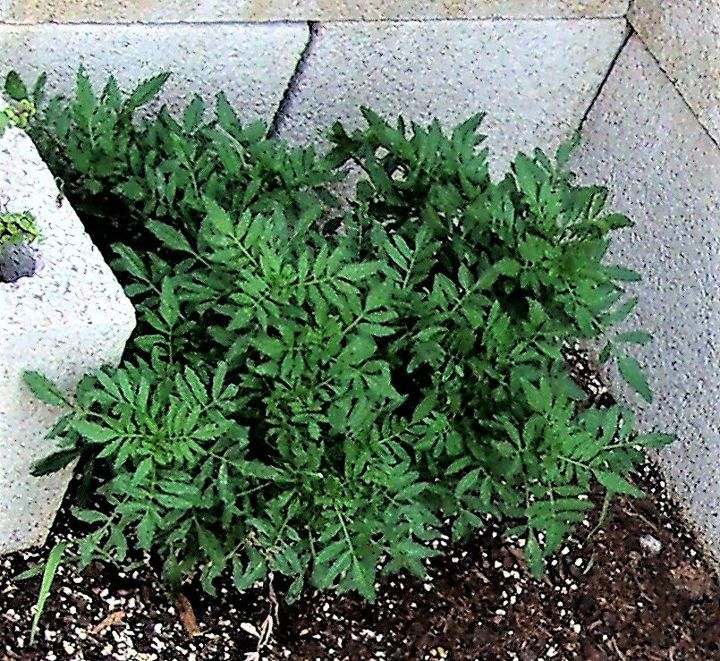
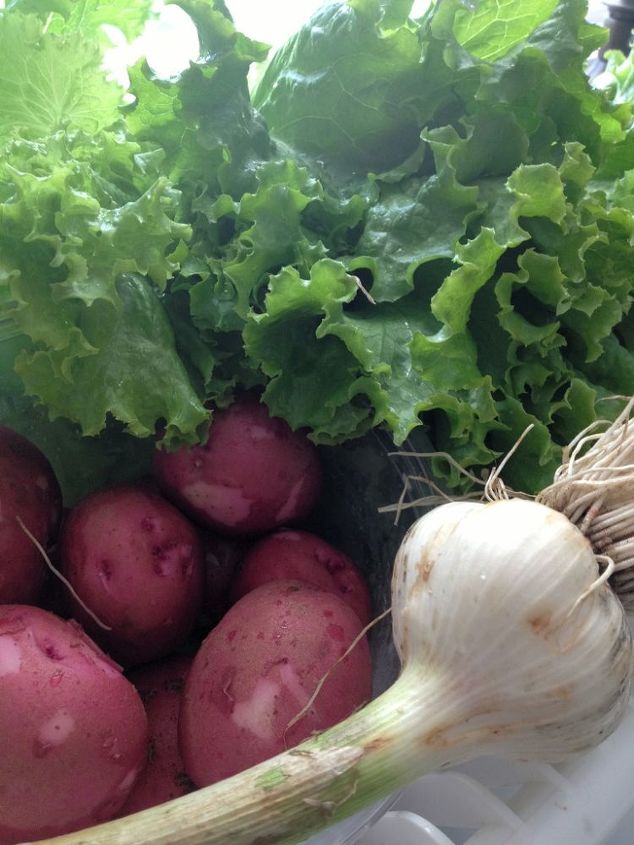
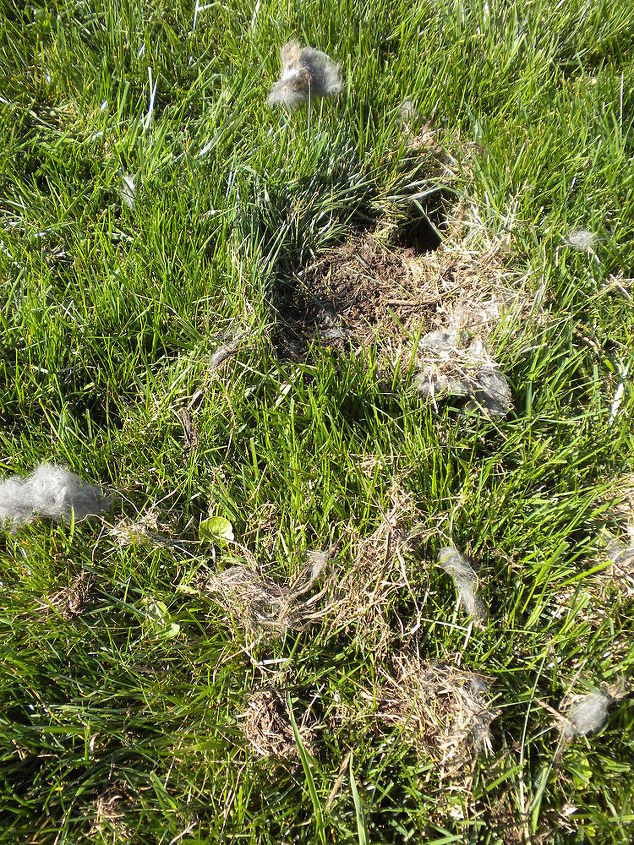
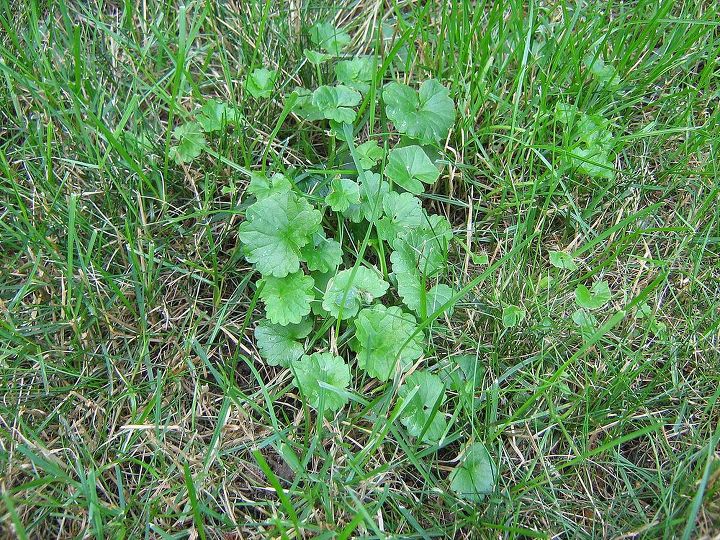
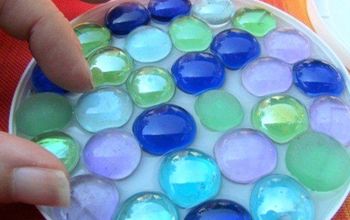
Hi Annette besides just digging it all up out of your whole yard it sounds like you may need to move on to harsher chemicals than the natural stuff we all normally like to use. I know roundup makes a specific high potency formula for killing trees, it will kill anything near it as well.
Hello Annette,
You will need to bore a hole in the stump (many holes) and pour Root Rotter in them and wait.
Annette...Can you chop them out with an ax?
Round-Up on it, is only way. Round-up.....it's absorbed thru plant leaves then into stem/stalk then root system killing plant. you need to add food coloring so you can tell where you are spraying ,hold sprayer down on plant leaves you are spraying,don't spray in wind/slightest breeze,don't get in wet solution(it dries quickly),wear disposable gloves.....follow the safety instructions on bottle it has always said "hazardous" & the safety instructions have always been on containers. Buying concentrate & mixing yourself is best mix it stronger than directions say. Respray asap if you see any new growth and do not let plants spread even more. the more you kill just the tops the more the roots/rhizomes spread underground. just look for new plants starting and spray it before it gets out of control.get a good 2 gallon pump sprayer and not a back pack,because if it leaks on you well you could be joining all the civil suits of people who did not heed hazardous warnings.it only kills what you spray it on,and works best when plant is in full growth cycle so it is absorbed into plant fast.Bradford pears are highly invasive, causing massive agriculture problems and should not be planted in the U.S.Bradford pear trees are growing like weeds, spreading into forests and crowding out native trees in some places, the commission says. When these trees grow in natural forests, they create dense thickets, replete with sharp thorns, that make walking through the woods difficult. The thorns are so sharp and sturdy that they can puncture tractor tires.
More importantly, Bradford pears threaten native species and the quality of wood that might be harvested for paper and wood production, according to the Forestry Commission.
The trees also are brittle and spindly, meaning their branches easily break during high winds and storms, leaving cities littered with woody debris. The trees can even smell bad at times, according to the Forestry Commission. Some reports have likened the smell to that of dead fish.
“We are saying cut them down when possible,’’ Forestry Commission spokesman Doug Wood said. “It is just generally a nuisance tree.’’
Introduced in the U.S. from Asia, these pear trees became a landscaping tree of choice beginning in the 1960s and lasting through the early 2000s.
The trees were thought to be sterile so they would not spread and cause problems for native trees. But that hasn’t proven to be true. Beginning in the late 1990s, Bradford pears began producing fruit. Birds that eat the fruit of Bradford pears spread the seeds in their droppings, leading to stands of Bradford pears in forests, Wood and commission officials said.
Bradford pears are among scores of invasive plant species that are causing problems in U.S..
Use this product and you should have success. Bonide
Begin by gathering a few supplies: a drill with a large bit or an ax, Epsom salt, water, wax, a tarp, and a shovel. Proceed to drill several 1-inch-wide holes in the stump's surface, including its aerial roots, ensuring each hole is placed at a distance of at least three to four inches. While six holes are sufficient, bigger stumps may require more. Ensure you drill down to around eight inches to allow for deeper salt penetration. Alternatively, you may use an ax to make hollows in the tree stump. Next, directly pour Epsom salt ¾ of the way up in the drilled holes and fill the rest with water to keep the salt moist. Then, plug the holes with wax. Additionally, cover the trunk remnant with a non-porous tarp to minimize rain and sun exposure so that the roots do not sprout again and the salt does its job of rotting the stump. Repeat the procedure every three weeks until the stump is dead, and dig it out using a shovel.
If you don't wish to strain yourself by drilling holes, you can use the soaking method to remove a tree stump. In a bucket, combine Epsom salt and water in a 1:2 ratio. Generally, soaking a single tree base requires two gallons of water and one gallon of salt. Pour this solution all over the tree stump and its largest exposed roots. After drenching the stump, cover it with an opaque tarp or a plastic sheet, and add a layer of mulch on top to weigh it down. You can also sprinkle a nitrogen-rich fertilizer around the tree trunk's base to further boost its breakdown. Repeat this method at least once a week and chip away at the wood as it decomposes. Finally, pull out all the stump remnants, especially the root system, when it completely dries out. After disposing of the stump, you can repurpose the space by adding soil and sowing grass or flower seeds.
Hi Annette, hope this helps you. Drilling holes into the stump will help the hot water kill deep and exposed roots. After you're finished drilling, carefully pour boiling water over the stump, making sure to cover the entire stump. The hot water will shock the system and begin the decomposition process using heat. Then you could pour some epsom salts in the holes and cover them ( to prevent them getting diluted by rain)to let them break down the stump.
Epsom salts
https://www.bobvila.com/articles/how-to-kill-tree-stumps/